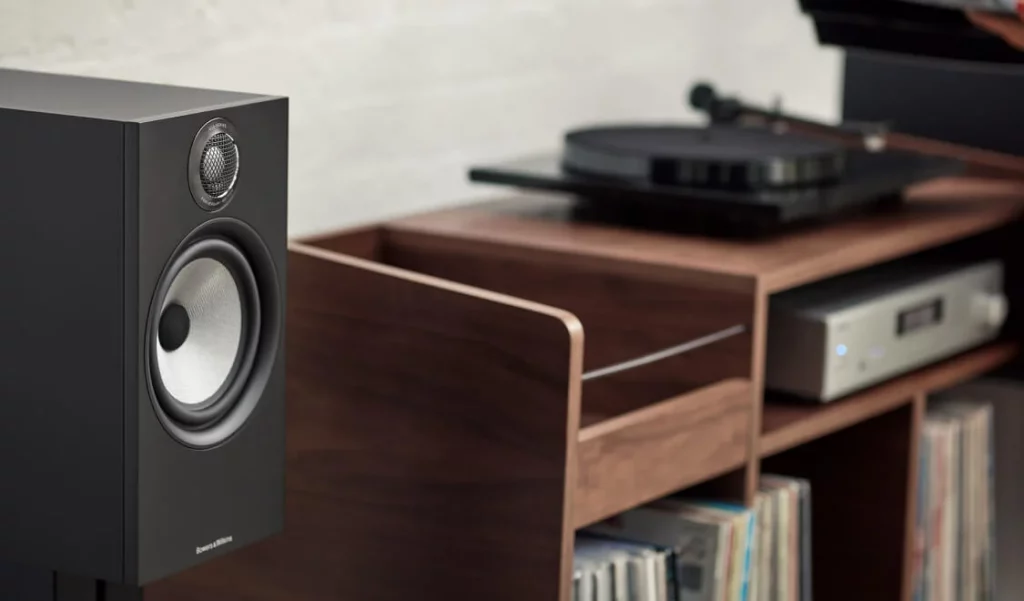Setting up a two-channel home audio system can be a rewarding experience, as it allows you to focus on achieving high-quality sound for your music without the complexity of a multi-room setup. Here’s some advice and a basic setup guide to get you started:
1. Choose Quality Components:
Invest in high-quality audio components to ensure a superior listening experience. The key components you’ll need are:
- Stereo Amplifier or Receiver: Look for an amplifier or receiver that matches the power requirements of your speakers and has the features you need (e.g., Bluetooth, phono input for turntables, digital inputs, etc.).
- Bookshelf or Floorstanding Speakers: Select speakers from reputable brands that match your listening preferences and room size. Consider the type of music you enjoy and look for speakers with good frequency response and clarity.
2. Room Acoustics:
The acoustics of your listening room can significantly impact the sound quality. Minimize hard surfaces and use soft furnishings like rugs, curtains, and cushions to reduce sound reflections. Experiment with speaker placement to find the best soundstage.
3. Speaker Placement:
Place the speakers at ear level, forming an equilateral triangle with your listening position. This ensures a balanced stereo image and proper soundstage. Keep the speakers away from walls and corners to reduce bass boom.
4. Wiring and Connections:
Use high-quality speaker cables and interconnects to minimize signal loss. Keep the cables tidy and avoid running them parallel to power cables to reduce interference.
5. Source Components:
Decide on your preferred audio sources. You might use a CD player, turntable, digital music player, or streaming device. If your amplifier has built-in Bluetooth or Wi-Fi, you can wirelessly stream music from your phone or computer.
6. Vinyl Enthusiasts:
If you’re using a turntable, consider investing in a quality phono preamp if your amplifier doesn’t have a built-in phono input. This ensures proper amplification of the turntable’s low-level signal.
7. Room Correction and Equalization (Optional):
For enhanced sound quality, consider using room correction software or an external equalizer to fine-tune the audio based on your room’s characteristics.
8. Cable Management:
Organize your cables and connections to keep the setup neat and tidy. Cable management can also help reduce clutter and prevent accidental damage to the cables.
9. Quality Power Supply:
Consider a stable power supply or a surge protector for your audio components to protect them from power fluctuations.
10. Speaker Stands (Optional):
For bookshelf speakers, consider using sturdy speaker stands to position them at the correct height and improve sound dispersion.
Remember that every listening environment is unique, so take the time to experiment and adjust settings to achieve the best sound quality. Additionally, if you’re an audiophile, you can further upgrade your system with dedicated DACs (Digital-to-Analog Converters), high-end cables, and other premium accessories. Enjoy the journey of fine-tuning your audio system to match your personal preferences and musical taste!



